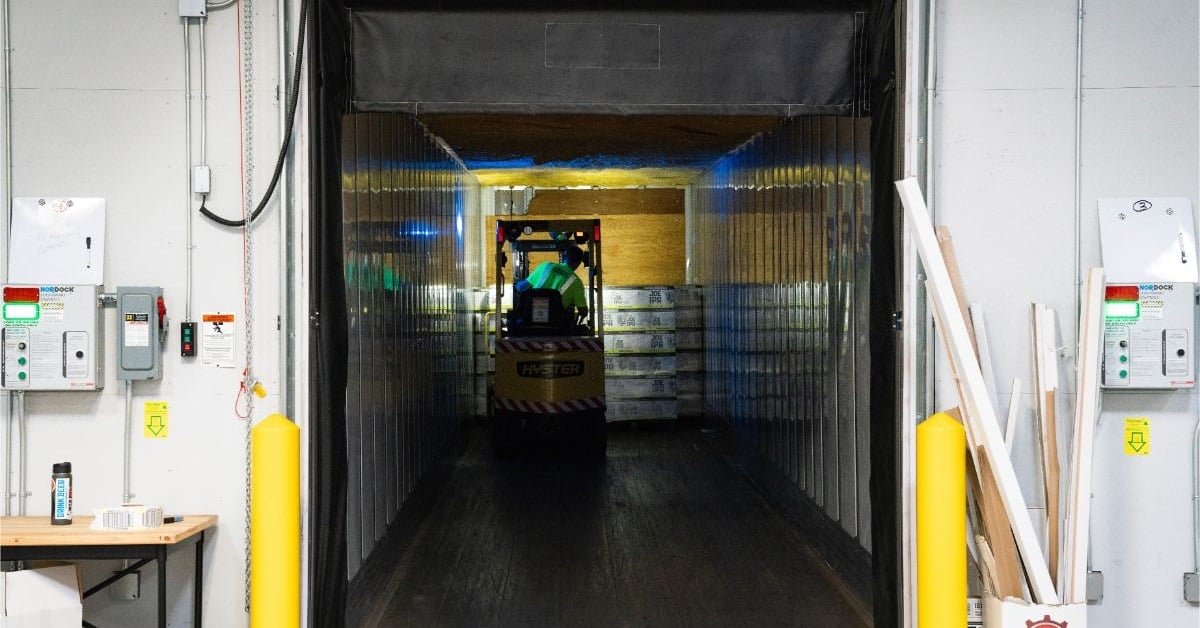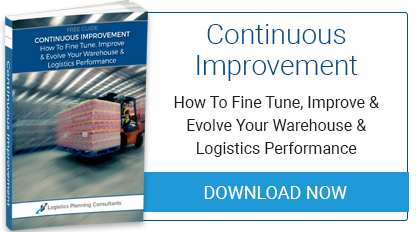
Every aspect of warehouse automation is controlled by your IT system. Warehouse management systems (WMS) can’t function without accurate data input, and they shouldn’t be left to their tasks without the support of analytics. The best systems improve efficiency, speed, and cost. It’s tempting to rush into warehouse automation thinking that if it’s technologically evolved, it must be better than what you’ve been using until now, but your software should be built around your strategy. Your strategy should not be built around your software. WMS platforms are complex. They must be honed to suit your unique inventory and the rest of your business processes.
WMS software manages the movement of your inventory, whether by automation or employees. It tracks picking, packing, product receipts, and shipping. It also optimises your inventory using real-time information. Today’s IT is always reassessing, improving, and adjusting to trends, history, and data. This makes your warehouse automation a continuously improving part of your business, Finally, your WMS IT can integrate your warehouse with the rest of your enterprise. Think of your IT as the puppet master, and your WMS as its marionette.
Integrating Enterprise Management And Warehouse Management Systems
Cloud computing has made integration between WMS and enterprise management systems possible, and that’s changed the way warehouse managers handle planning. IT can improve the accuracy of data, track staff progress, and improve the decision making process. No warehouse is a stand-alone business, and its decisions can:
- Help sales teams to serve customers better.
- Give your enterprise managers the data they need to manage your warehouse more effectively.
- Give your supply chain the information it needs to adapt to changing conditions.
That’s why it’s critical to embrace your IT team as a part of your warehouse partnership, even if it’s outsourced. Your warehouse IT is also responsible for:
- Using virtual models of your value chain to test your automation strategy before you put it into action.
- Testing your digitised transportation systems to ensure that they’re profitable and fast.
- Inventory control.
- Analysing overheads to make sure they’re not eating into your profits.
- Virtualising your human resources and automating repetitive tasks related to them.
- Collecting data about your robotic systems and suggesting new strategies to improve on how you use them.
- Keep resource allocation adaptive enough to cope with crises before they happen.
- Connect you to e-commerce sales.
- Use augmented reality to improve on your existing management tools.
Put simply, IT is the brain of your warehouse, regardless of whether or not you’re using automation. Just as an intelligent person can create better strategies than an average one, a superb IT foundation can make your automation work smarter and more economically so that you can leverage your most valuable asset better: your human talent. Find out more by downloading The Continuous Improvement Guide today!


